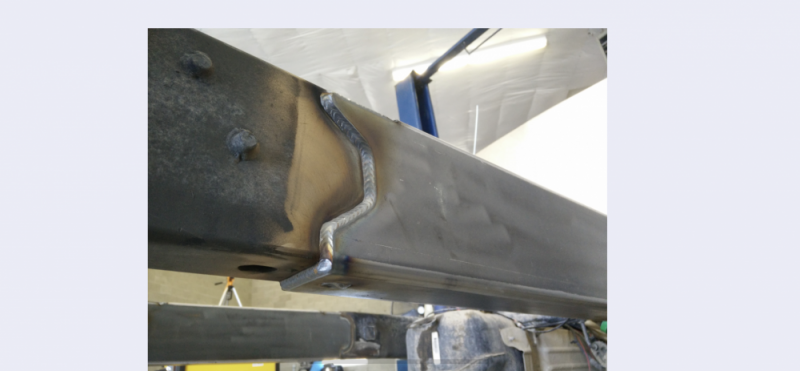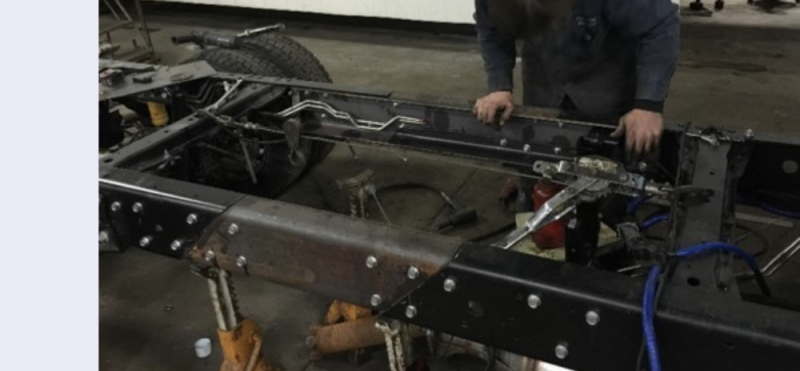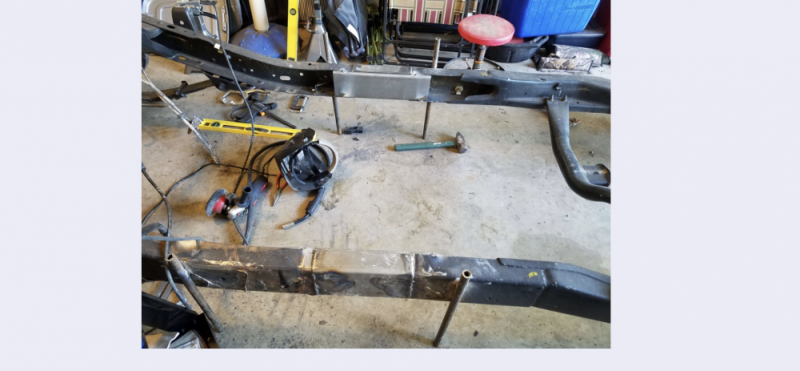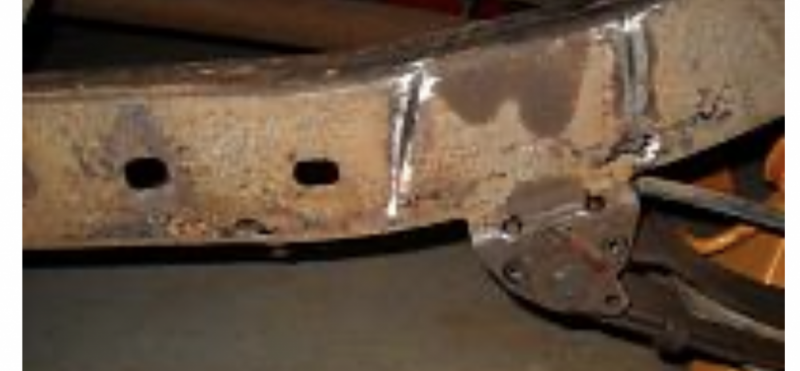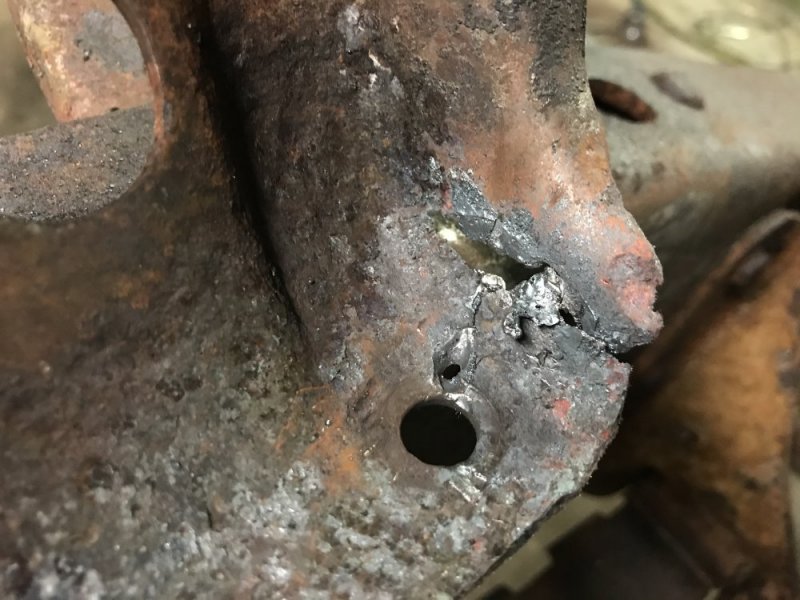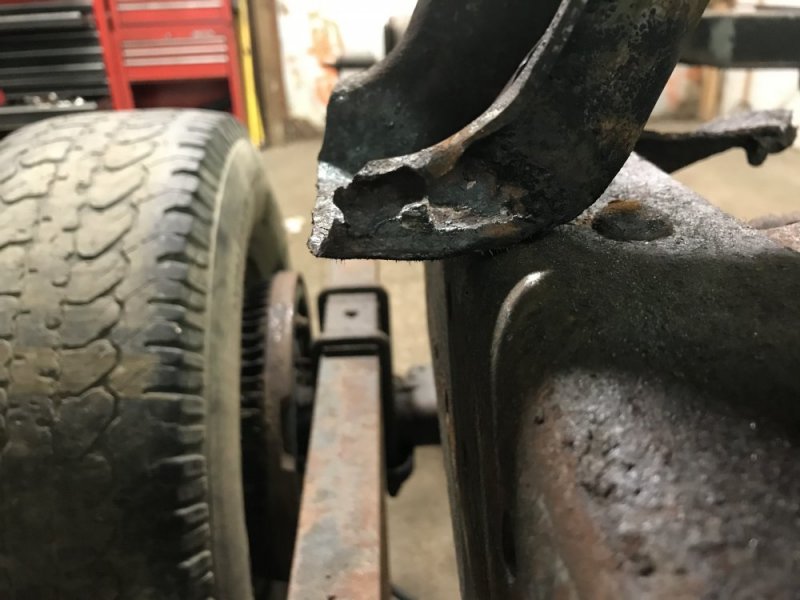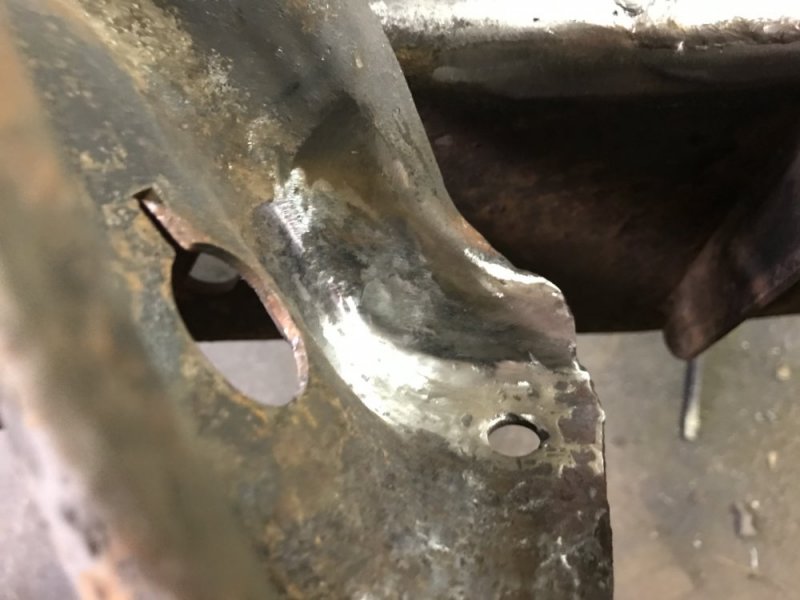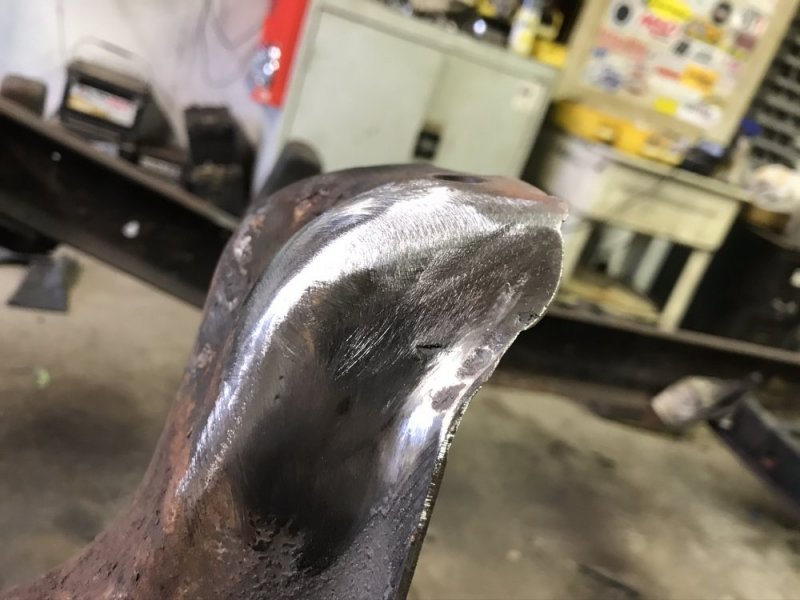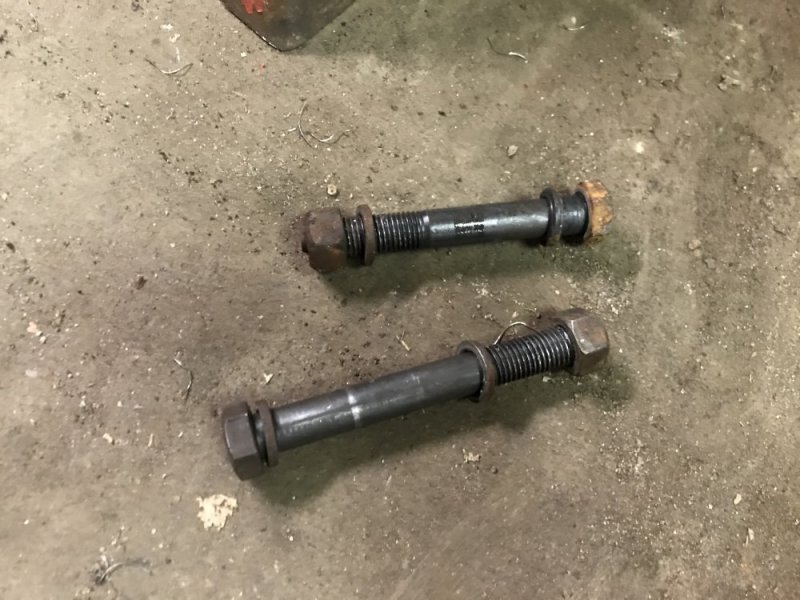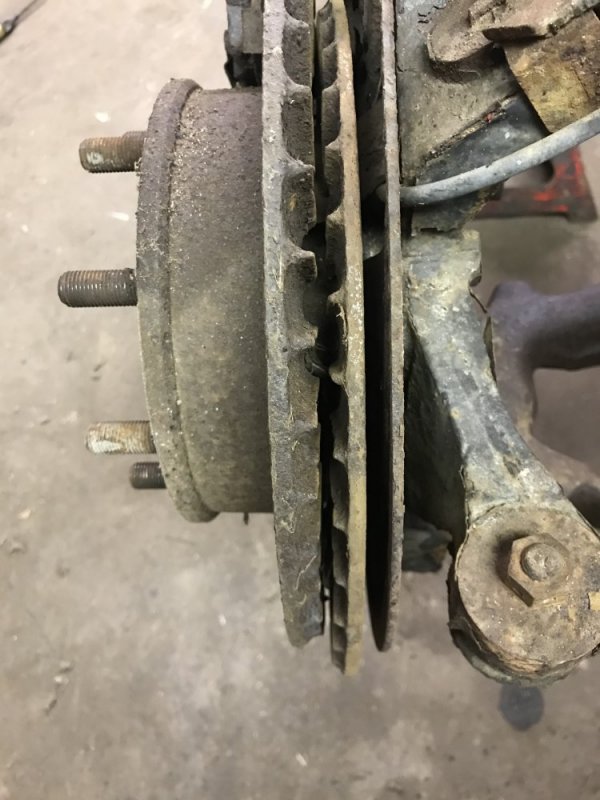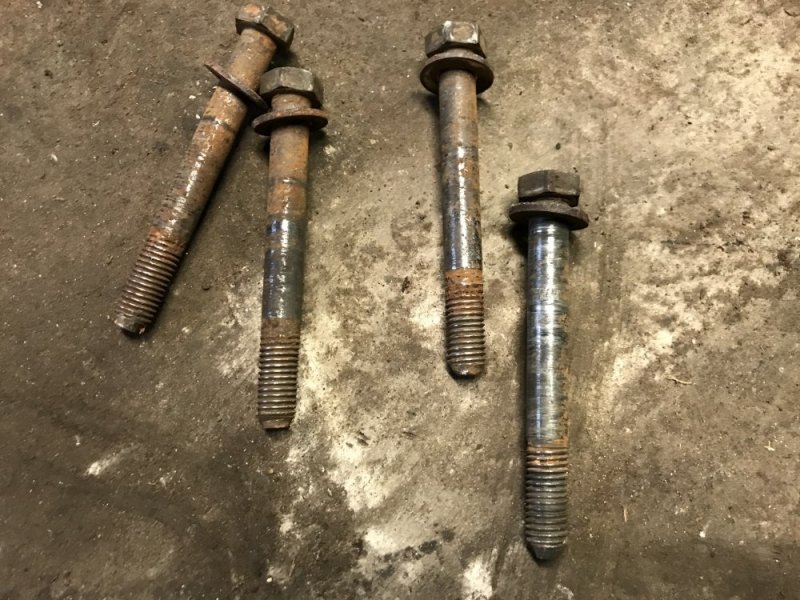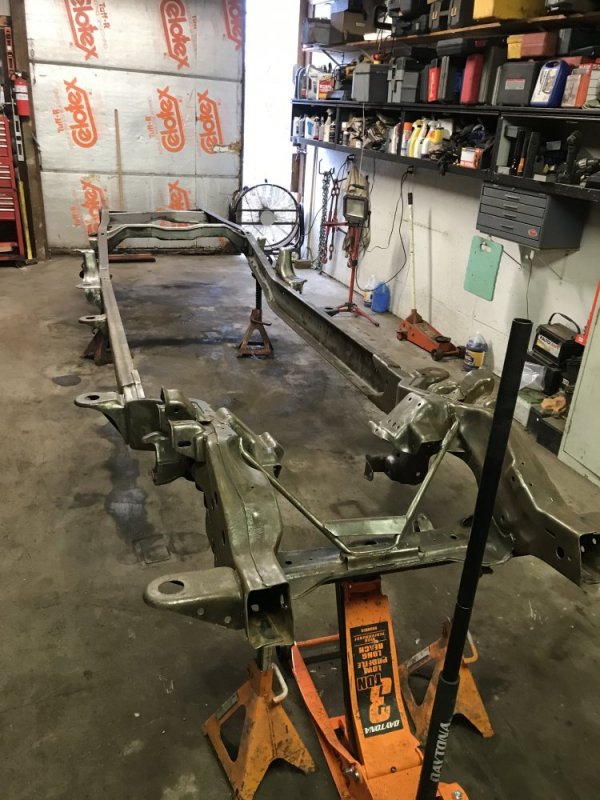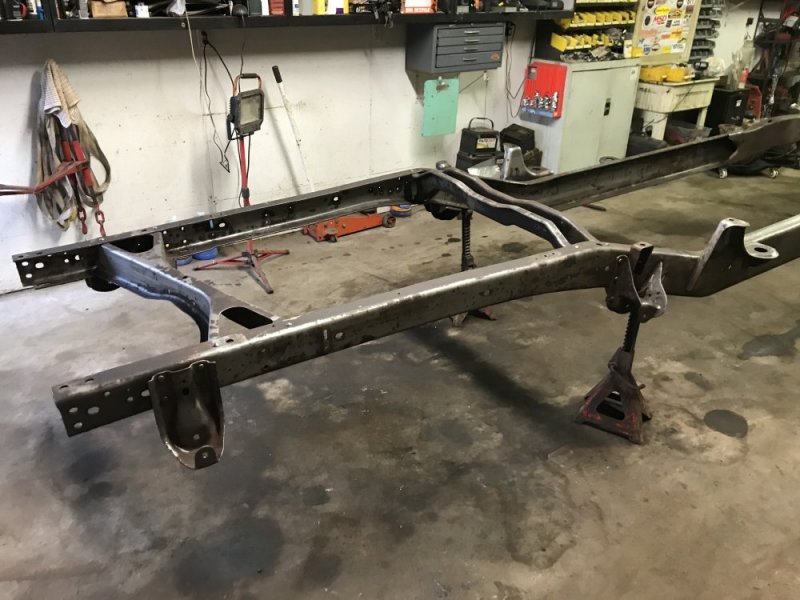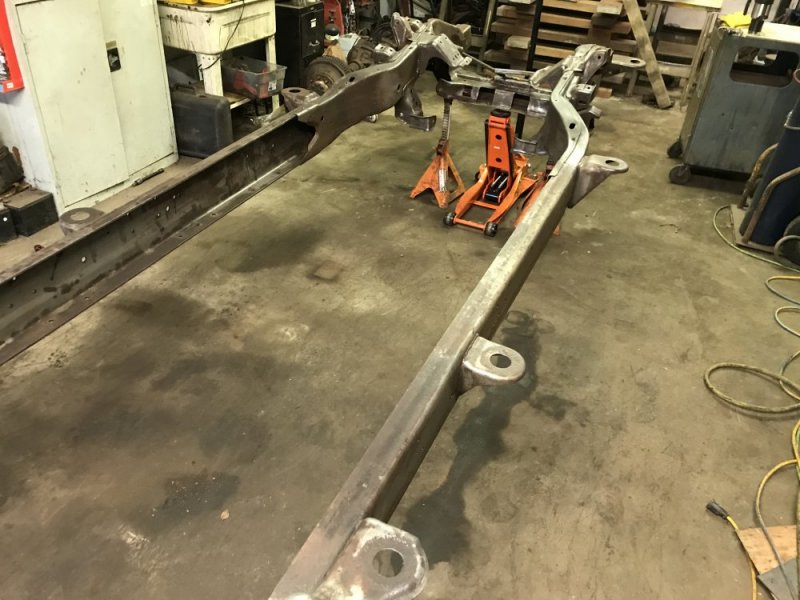Husker6.5
135' diagonal 16:9HD, 25KW sound!
After heat and beating the crossmember repair piece(s) into shape, did you temper it (them) before welding up the new end, Nate? Just curious.
Follow along with the video below to see how to install our site as a web app on your home screen.
Note: This feature may not be available in some browsers.
I did not. After the first bend I did quench it in water just so I could handle it, but the rest of the piece just cooled naturally. I hadn’t considered tempering parts in repairs like this.After heat and beating the crossmember repair piece(s) into shape, did you temper it (them) before welding up the new end, Nate? Just curious.
I haven't seen an update on your rustoration project. Are you making progress? Are you having to make any frame repairs or was it all surface rust?Just curious. Why not hydro blast instead of all the time to attack with the needle gun?
The quoted price on hydro blasting my rustoration frame is far cheaper than the expected labor to needle it.
I would say consider an inside glove. But he is SO meticulous, he will inspect it often for issues. If the crack starts again it will be on the bottom flange, easily see. And repaired in place and add an inside glove only if needed.
Many repairs like this are made and last decades under abuse without the glove.
